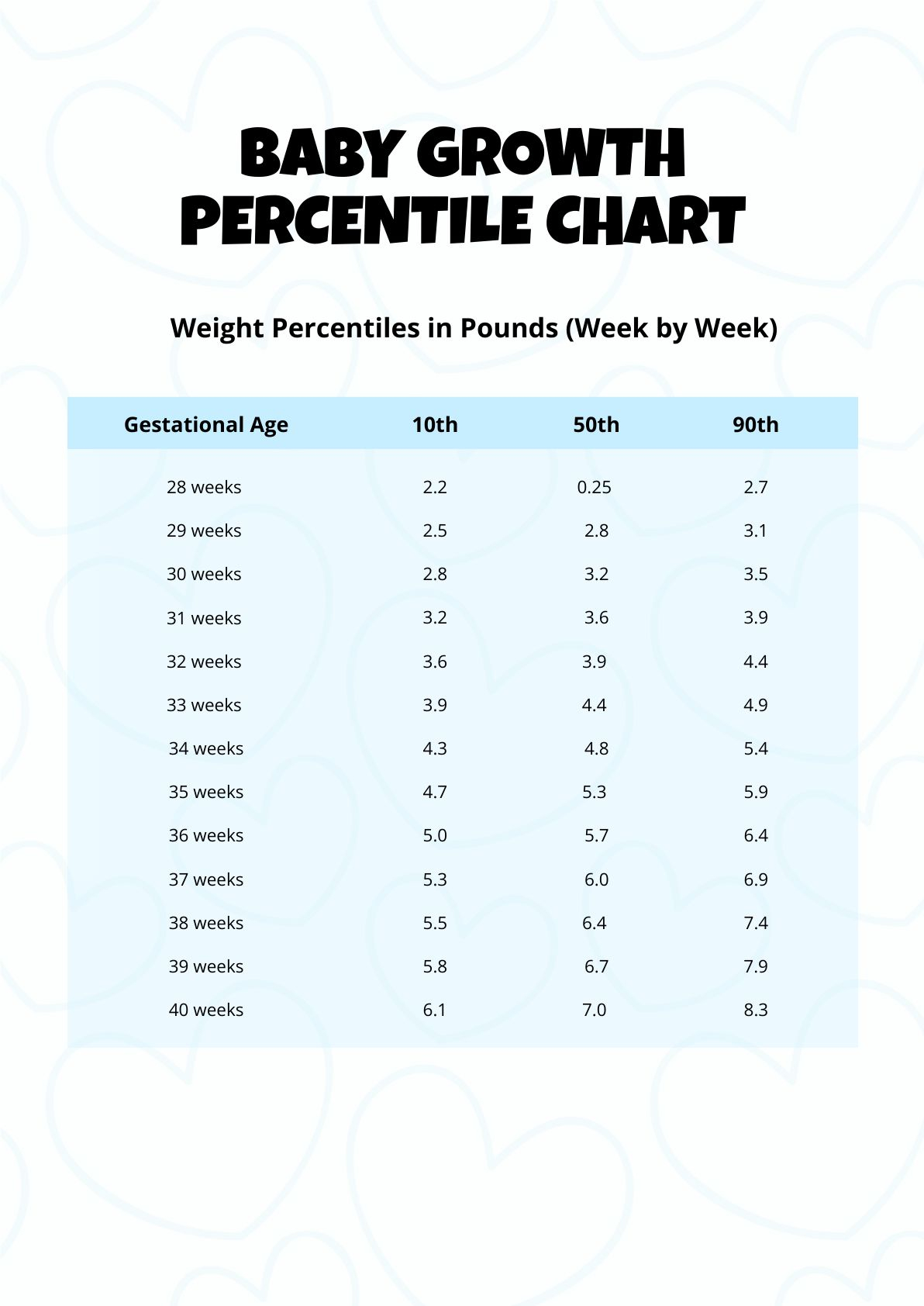What Percentile Is My Baby: Understanding Growth and Development
As a parent, one of the most common questions that may cross your mind is “What percentile is my baby?” Understanding your baby’s growth and development is crucial in ensuring their well-being and tracking their progress. In this comprehensive guide, we will delve into the concept of percentiles and how they are used to monitor your baby’s growth.
Knowledge
When it comes to understanding your baby’s growth, percentiles play a significant role. Percentiles are a way to compare your baby’s growth to that of other babies of the same age and sex. They are calculated based on data collected from a large sample of children and are typically represented on growth charts.
Percentiles are calculated by comparing your baby’s measurements, such as weight, length, and head circumference, to the measurements of a large group of babies of the same age and sex. For example, if your baby is in the 50th percentile for weight, it means that 50% of babies of the same age and sex weigh the same or less, and 50% weigh the same or more.
It’s essential to understand that being in a lower or higher percentile does not necessarily mean that there is a problem with your baby’s growth. Babies come in all shapes and sizes, and what’s most important is that they are following a consistent growth pattern over time. Your pediatrician will monitor your baby’s growth and development over regular check-ups to ensure they are healthy and thriving.
Several factors can influence your baby’s percentiles, including genetics, nutrition, and overall health. Genetics play a significant role in determining your baby’s growth potential, so it’s essential to consider your family history when interpreting percentiles. Nutrition is another critical factor, as providing your baby with a balanced diet is crucial for their growth and development.
By monitoring your baby’s percentiles over time, you can get a better understanding of their growth trajectory. If your baby consistently follows a certain percentile curve, it indicates that they are growing at a steady pace. However, if there are significant fluctuations in their percentiles, it may warrant further investigation by your healthcare provider.
Conclusion
Understanding what percentile your baby falls into is an essential part of monitoring their growth and development. By keeping track of their percentiles and discussing any concerns with your pediatrician, you can ensure that your baby is on the right track. Remember that every baby is unique, and what matters most is that they are healthy and thriving.
Parents of newborns and young children who want to stay informed about their baby’s growth and development will find this guide helpful in navigating the world of percentiles. By understanding the significance of percentiles and how they are used to monitor growth, parents can take an active role in ensuring their baby’s well-being.






